Polaris 280 vs 380 or 3900 Which One’s Best?
Polaris Prime Day Deals 2025
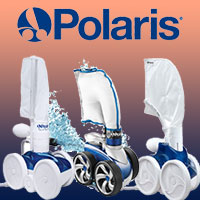
You will agree with me that Polaris is a household name when it comes to pool cleaners;
So let’s try to compare models in our face-to-face fight to find the best one!
Polaris 280 and 380 being the most dominant models. But even before the two have humble time to square it off, we have a new and very much hyped Sports model, the 3900.
With 3 Polaris pressure side cleaners in mind, it is important to know how they compare so that you may make the best purchase decision.
Even if you think you found a perfect product and don’t need anything else, I highly recommend considering several more models. Thus, you can check whether your cleaner has the best characteristics for you. And it’s also always better to have a choice from several options than one.
[poolcleaner]
[wpsm_toplist]
Having used all the three extensively, I decided to put them head-on and today, I’m happy to present to you my comparison review.
But just before we go deep into the details, a quick overview of these 3 pool cleaners will make sure we’re all on the same page. That said, let’s get down to business.
Vac-Sweep 280 – Best Affordable Pressure Side Pool Cleaner
But remember, this is the base model in the Polaris pressure pool cleaners line so don’t expect it to have the latest features. But still, it packs quite some good features that will make sure your in-ground pool water is clean always. I bought this model in 2015 and it used to do a great job on my in-ground pool.
But remember, this cleaner requires a booster pump that you buy separately so when budgeting, include around $250 for the pump. After 8 months of excellent service, I traded it and got the bigger Polaris 380 and there are a few things the Polaris 280 would make you want it more.
First, it is cheaper and the maintenance requirements are minimal. It was also able to capture much larger debris and actually, more than what the 380 holds. But then, the 380 offered so much more and the fact that my newer pool was almost two and a half times larger than the previous one, obviously I needed something bigger.
You see, this model is ideal for mid-sized pools because of several factors that we’ll later discuss in this review. Before I forget, there is one thing I hated – the wheels often got jammed so you have to pull it out and free it.
Polaris Vac-Sweep 380 – Bigger and Better Performance
I moved to a new neighborhood in some property that had a larger pool and the environment too suggested that I had to get a more powerful and faster pool cleaner and that’s why I went for the Polaris 380.
But oh my, it costs a fortune.
But then, it offered better and bigger performance and notably, it cleaned faster!
But then, here’s a word of caution – it has quite a number of extra parts and thus will require intensive maintenance. But anyway, that’s something to expect now that it offers better performance than the junior.
Still, with this model, you will require a booster pump so remember that when doing budgeting.
But on a positive side, this pool cleaner has better movement and maneuverability and would cover large pools quite faster considering the navigation mechanism is revised. But then, is it worth the few hundred more dollars. Personally, I wouldn’t say yes fully – it’s very hard to call but then that will be your verdict.
Just to point out, you will also come across model 360 and it would be important to know the difference between the two.
This is another pool cleaner that’s very similar to the 280 and 380, but the major difference being the feeder pump. While models 280 and 380 will require a booster pump to work, Polaris 360 will work with your existing pool pump so it is a cheaper option if you don’t want to invest in a separate pump. But then, before buying this cleaner, make sure it is compatible with your pool pump.
Polaris 3900 Sport – The Ultimate Pressure Side Cleaner
What’s about slopes? If you’ve ever tried the 280 or 380, you understand that it is mission impossible. The two have been designed to work on flat floors and when the pool floor begins sloping, they become useless. But the 3900 Sport has been designed to work on both flat floors as well as gradual slopes. This is courtesy of a revised drive system and also, newly designed off-road wheels.
Some of the new improvements include a larger bag and a more stable wheel system. But the best highlight is TailSweep Pro, a new extension feature that reduces splashing and boosts cleaning.
The good news is that while the previous two models are just compatible with TailSweep Pro, the 3900 comes with one included. But if you bought the earlier version of the Polaris 3900, it is regrettable that you lack several new tweaks that the latest versions come with. While the old version had problems with the drive chain falling off the gears, the latest version has a chain guard. Another thing, the head float is now removable so you don’t have to replace the entire top body when the head float dies.
But then, there are a few problems I’ve noticed with the 3900 Sport. One, when the bag is full, the weight makes it want to topple over especially on the slopping areas. Also, emptying the zipper bag is quite hectic because it binds too easily.
But all said and done, it is still a great pool cleaner and actually, the best in the category of side pressure pool cleaners.
Booster pumps
I know you are wondering what a booster pump does and a burning question lingering in your mind would be, must you have a booster pump?
I won’t tell you that it is a must that you have a booster pump but then, it is a requirement for optimum operation. Yes, a Polaris cleaner will still do the job minus a booster pump but then, it won’t put up 20% of the requirement for the task to be complete. That said, without a booster pump, the efficiency is around 20%.
But if you want a cleaner that doesn’t require a booster pump, then get model 360 – it will use the existing pool pump installation. But now that you have the Polaris 280, 380 or the revolutionary 3900 Sports, you will be required to buy a booster pump.
Face to Face models comparison
Now that we know a few things about side pressure cleaners, it’s time we try to compare them and see which one is the best in which area.
That said, let’s see how the battle is squared out.
Type and cleaning priority
The first thing you would want to consider when shopping for a pool cleaner is, what type of pool cleaner do you want? And then, what is the cleaning priority?
That said, let’s look at how the three cleaners battle it out here.
If you did your homework, you understand that there are different types of pool cleaners, each offering different features.
Consequently, every cleaner will have its pros and cons.

For the record, all models in the review are all pressure side cleaners.
Now, what about cleaning priority? Different pressure side pool cleaner will clean different places.
When shopping, make sure that you buy a pool cleaner that cleans all surfaces regardless. Besides, get one that will be comfortable on the pool floor whether it is flat or gradually sloping.
One thing I like about this brand is the versatility. I used to clean the floor and walls with the 280 and 380 and the results were astounding. Also worth mentioning, the 380 can also clean steps but then the performance is not up to the mark.
But what if you have a gradually sloping pool floor? This is where the 3900 Sport comes in – it can handle floors, walls and even gradual slopes courtesy of the wide wheels – that’s a story for another day. Having said that, you will want to get the more expensive Polaris 3900 but obviously for a reason – versatility!

Design and Aesthetics
I know the looks of a pool cleaner are not important in a cleaner but there are some people who are very choosy.
The Polaris 280 and 380 boasts a similar design and aesthetics – only size is the major noticeable difference but on a closer look too, you will realize the 280 has a smaller wheel between the two main large wheels.
But generally, they look similar. The same applies to the 360 – wholly resembles the 380 save for a few tweaks because of the pump requirements in the 380. But when it comes to the 3900 Sport, a whole new design is brought on board – bigger, bulkier but more sleek and stylish.
Performance
I am sure this is what you have been waiting for all this long as cleaning is the primary role of Polaris.
But, is their cleaning performance the same or there is one that is better? Actually, from the varied price ranges, it would be insane if these cleaner offered the same cleaning performance. That said, we obviously expect several variations in features that consequently bring about the varying cleaning performance.
So, just how do these pool cleaner rank when it comes to keeping your pool clean?
But then, it would be quite a task to discuss cleaning performance in general as there are several aspects that come into play for the pool cleaner to work. That said, we will look at a series of features and compare them to see how they vary in each model and ultimately, how they make a difference in the cleaning performance.
Bag capacity– I know for many people, the bag capacity is something you wouldn’t want to gamble with.
The 3900 Sport is the ultimate winner here with a large 5 liters bag. The 280 also has an impressive size – 3 liters to be precise. Unfortunately for the 380, it has a much lesser bag so if your pool has a lot of debris, it won’t be a great purchase.
But notably is the 3900 Sport’s Superbag with a fully zippered access. Besides the large capacity, it has a new Twist Release connection for stress-free detachment when full and easy attachment thereafter.

Venturi jets – As you all know, this robot cleaner moves around using the venture effect principle. Basically, the incoming water is converted into a powerful suction current via the jets.
The Polaris 280 has only two venture jets and works just fine in an average sized pool. However, the 360, 380 and 3900 Sport come with three venture jets so definitely, they have more power than the 280. But then you will realize that even though the 380 and 3900 have three jets.
Hose – The hose length would be a really important consideration but not with these cleaners.
I’ve only replaced once and it was due to my kids’ carelessness. But the build, material, and durability are unquestionable.
Tail Sweep Pro – This is a simple but very efficient add-on that helps to prevent water from splashing out of the pool.
Backup valve – Though these cleaners are automatic, and in fact robotic to some level, they are not as intelligent as robotic floor cleaners like the Roombas. You see, Roombas have a navigation system that will guide them all through. But these cleaners lack such a system so getting stuck is a major concern especially if you have a large pool. But the good thing is that the backup valve will pull back the cleaner randomly just in case it is stuck. Though not a really clever solution, it does the job – preventing the pool vac from getting stuck.
Drive system – Like earlier mentioned, among the greatest strengths of the 3900 Sport is the drive system – more advanced and efficient. It features a PosiDrive system driven by a stainless steel chain and you will definitely notice the enhanced power compared to the 380. Though the torque is not 50% more as the manufacturer suggests, this is a pool cleaner you’d want to have if you have a larger pool. It cut the cleaning time by almost 30%.
On the other hand, the 360 and 380 have a belt driven system while the 280 is gear-driven. Between the 280 and the 380, I didn’t notice much difference though the belt driven system is best because it requires less maintenance compared to a gear system. That said, the battle remains between the belt-driven system and chain drove system.
This is very hard to call as both systems have advantages and disadvantages which in fact, are very relative.
Tires – Though they are not directly related to cleaning, they greatly influence where the cleaner will reach. So far, Zodiac has two types of wheels in these side pressure cleaners; Classic and WideTrax. The 280, 360, and 380 have Classic tires which work just fine but then, stability is compromised, especially when the bag is full. Also, they can’t be used on gradual slopes because of less traction.
Cost and value for money
Before paying for any pool cleaner, first ask yourself, are you getting value for money? Don’t just buy a pool cleaner because you can afford it or just because it is cheap. Do a simple survey, and if possible make a checklist of the features to expect at every price range. This way, you will have a rough idea of what you should expect in a cleaner that is within your budget.
When it comes to our Polaris 280 vs 380 vs 3900 comparison review, I wouldn’t say that there is any cheap cleaner. But then, this is a top brand so there’s no way you should expect them to be cheap. But how do they fair on when it comes to value for money?
280 is a middle-class option for the price, I wouldn’t say it is cheap or expensive. But when you consider the features, I see value for money. Though it is smaller, it packs the most important features that the 380 has.
But then, the bigger model, 380 is quite expensive and cuts downs some key features. For example, I don’t expect it to have a smaller bag. Here, I would rather top up extra $$$ and get 3900 Sport. This one looks like a seriously upgraded model and brings on board a range of new features unlike Polaris 380.
That said, I agree that the 3900 Sport is expensive but then, worth every penny. It will clean floors, walls and gradual slopes while the cheaper Polaris 380 will only do floors and walls.
What is the best Polaris Side Pressure Cleaner?
Polaris 3900 Sport is a hybrid pool cleaner that tries to combine the fancy features of the 280, 380 and 480. And honestly speaking, it has successfully managed to dominate the market, especially with the new upgrades it has undergone over the years. Though it is quite expensive, it is real value for money.
Which Polaris cleaner do I have?
Many are times pool owners buy the wrong replacement parts. Though there are times retailers send the wrong product, a lot of times it’s because you order for the wrong replacement parts. My wife once ordered replacement parts for the 280 when we had already upgraded to the 380 – I assumed she would figure it out.
If you don’t know the model of the pool cleaner you have, the best way will be to check the serial number found on the back of the cleaner. The first letter of the serial number tells you the model – the 280 starts with C, while K is the 380 and L will be the 360. Definitely, it wouldn’t be a problem to spot the 3900. You won’t miss the extra-large wheels and bulky design. You should also be able to see the difference between the 280 and the 380 from the wheels: the first has three wheels and the second has two.
Polaris Side Pressure Pump Troubleshooting Guide
Many are times your pool cleaner will malfunction for no good reason. At times it’s worse and the fear of having to buy another one starts to creep in. But in most of such occasions, it might just be a small problem that you can figure out yourself. Having come across dozens and dozens of such situations, I will share with you the common problems your Polaris might encounter and the best troubleshooting tip.
So, without wasting more time, here is the side pressure cleaners troubleshooting guide.
1. My cleaner is very slow
I’m sure this is a problem you will encounter and through experience, it can be caused by a number of factors. So, whenever the Polaris is sluggish, and looks moody, here are the areas to check.
The first culprit would be the inline strainer, usually installed along the wall fitting – it could be dirty and that’s something that can make the cleaner slower than usual. If the strainer is clean, move to the hose and the first thing I want to say here is, while it may sound clever to use a longer hose, it will drastically cut down power. That said, you will want to use the recommended 31’ hose and if this is what you are using, it will be time to look for answers by examining pressure.
The first thing to do here, slowly and carefully examine the entire hose looking for possible leakages. You all know leakages will lower down the water pressure, and consequently, the cleaners speed. Then, move to the cleaner unit itself to ascertain if there is an internal pressure loss. Gently and slightly lift the cleaner and examine the flow rate from the back via the thrust jets. The cleaner should have a solid and steady stream and if it shoots anything between 10ft. and 20ft., it should be fine.
So what next? Remove the debris bag and check the height of the venture stream jet – it should hit at least 20ft. If your cleaner doesn’t satisfy any of the two tests, then know there is water loss internally. In most occasions, the problem with water loss is associated with the sweep tail – any holes or missing tips allowed too much water to escape. There was also a rare incident where the sweep tail adjustment screw worked out and got lost – I replaced it and the speed was back to normal. Also, note that there are wall fittings with pressure bleed-off valves to get rid of excess water – opening this valve too much may slow the cleaner.
If the pressure is fine- from the hose to the unit itself, then you should shift your focus to the wheels and drive system.
Do a spot check on the wheels and remove any debris that may be hindering freewheel motion. Also, make sure they are not jammed internally with small debris like sand and twigs. Try to push them with your hand and feel the ease.
Another culprit is the drive system and in most cases here, the parts may be worn out so definitely, performance will dip. Check the drive belt and drive shaft and if need be replace them. There are also some models like the Polaris 180 and 280 that are known to have weak wheel grooves and teeth that crack or break – this requires replacement.
2. Hose tangling
This is a rare but very common problem that cleaners may experience.
Like earlier mentioned, too much hose could be a problem and besides lowering flow rate, it leads to tangling. With a long hose, especially replacements, the different movement directions will loop it more and with the cold temperature and brittleness, it develops a memory of the coil. That said, you will want to remove it from the water and stretch it out in the sun. Another problem would be the swivels – check them out and make sure they are intact and also, make sure the floaters are still floating.
3. Backup valve malfunctioned
I know I said that it’s hard for a Polaris cleaner to get stuck but the truth of the matter is that it is not invincible. The first time I found my 280 stuck I was just expecting the worst but then, the problem was with the backup valve.
A common fix here would be to unclog the valves – sand and other small debris will block the valves and so, the cleaner won’t be able to pull out when it gets stuck.
I experienced the same problem with my Polaris 380 and this time round, everything was fine as far as blockage is concerned. I noticed a small hole on the bottom of the backup valve and upon a short investigation, I found out that it had dragged itself on the floor way too long. Apparently, the hose floats were dysfunctional so it couldn’t stay afloat.
4. Cleaner got stuck in one place
There could be a lot of reasons why the cleaner gets stuck in one place.
Remember, this might be different from backup valve malfunctioning in the sense that this time round, there are specific spots where the cleaner gets stuck. One of the areas is the ladder. Yes, you want clean water and safety too for your family but then, with Polaris, you have to sacrifice a few dollars and get a ladder guard. In some tight corners also, you will have to consider brushing them manually to avoid a lot of trouble.
5. The pool vac tumbles over
Save for the 3900 Sport, this is a common problem with the 280, 360 and 380.
There are two reasons that could lead to this – a full bag and defective floaters.
That said, you don’t want your cleaner to still be moving around with the bag full. Another thing, check the rear floater and if this is the problem, more often you will find it with water. If this is the case, then know it’s time to get a rear floater replacement.
Frequently Asked Questions
1. Is Polaris 380 better than 280?
Yes, Model 380 pressure side pool cleaner can boast of several improved features compared to 280. Thus, it has 3 venturi jets instead of 2 jets of the 280. Polaris 380 can clean steps, which are inaccessible to Polaris 280. Besides, the cleaner offers better movement, maneuverability, and faster cleaning thanks to the Belt Drive with reverse option. However, we should note that Model 280 has a bigger bag for 3L, while model 380 bag was shortened to 2L.
2. Why does Polaris pool cleaner not move?
The malfunctions can be caused by disconnection of hoses, cables, and other elements, or their breakage. Often, pool cleaner stops working due to the clogs or weak suction and low pressure. If the bag of your Polaris is full, it will lean to its side and run in circle or doesn`t move at all. If you still cannot solve the problem yourself, please contact the user`s service.
3. How long should you run your Polaris 280 pool cleaner?
As a rule, when Polaris 280 performs the full cleaning session of a 30 ft inground pool, which includes floor and walls processing, it takes about 3 hours.
4. Does model 3900 need a booster pump?
Polaris 3900 pressure side cleaner requires a booster pump.
5. How do I empty my Polaris 380?
This model comes with a 2L filter bag with zipped lock. To empty the bag, you should remove the bag collar from the feed hose and depress the prongs to release the bag from the cleaner. Then open the zip and remove the contents. We recommend you to dry the bag before emptying, as it`ll be lighter, and the emptying will be easier and more hygienic.
Conclusion: Polaris 280 vs. Polaris 380 or 3900?
Pressure side cleaner come in very handy if your pool always has leaves, pebbles, acorns and other debris. But then Polaris is the household name here and boasts some of the industry’s leading products.
If you want a solid performance, and value for money in general, you should go for such a top brand. You are guaranteed the best in class service, availability of replacement parts and most importantly, reliable and genuine after sales service!
Recent Updates
Dec 28, 2020:The manufacturer specifies that owners of Polaris 280 can complement the unit with other Polaris pool cleaners for quicker and more thorough results. Thus, Polaris 280 is compatible with models from its own series and Polaris 480 cleaner. Please mind that it is not compatible with the Vac-Sweep 360 and 380 pool cleaners.
Feb 3, 2021: According to Polaris latest tests, Polaris 380 takes 80% of filtering, thus helping the main pool filtration system. And the more innovative Polaris 3900 reduces the pool filter load up to 90%.
Mar 15, 2023:Thanks to a larger filter bag, Polaris 3900 circulates 40 gallons of water per minute that significantly increases the whole water circulation in the pool.
Feb 02, 2024: Corrected parameters in our review
Feb 08, 2024: Frequently asked question (FAQ) was updated with new users questions.


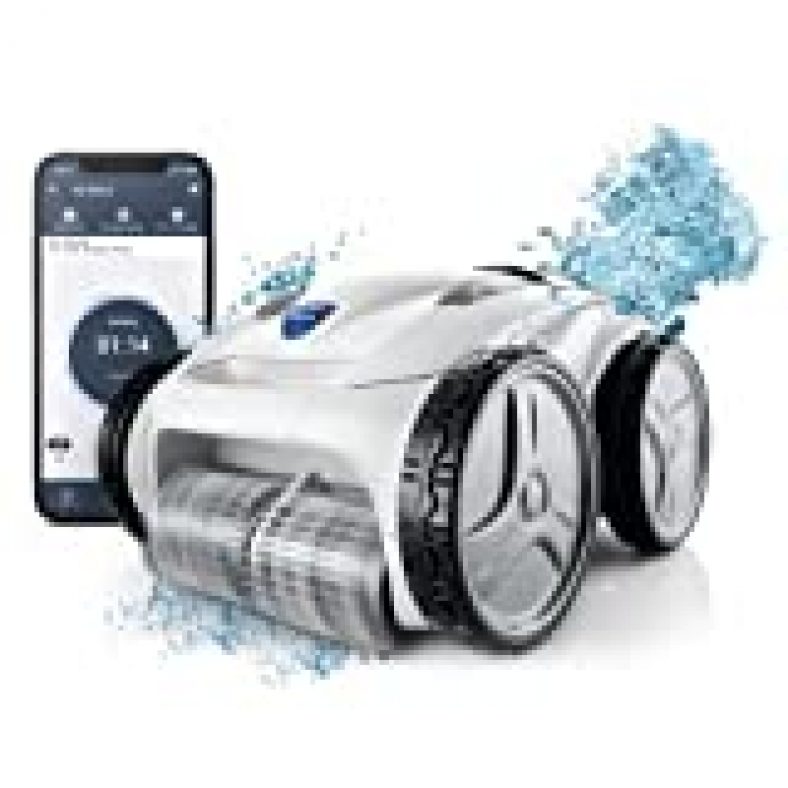
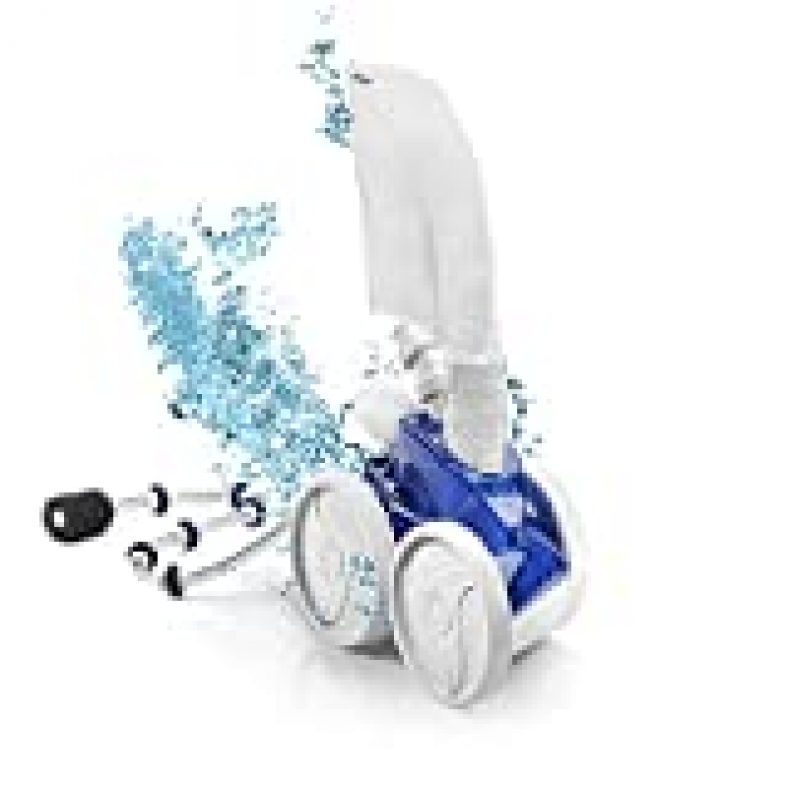
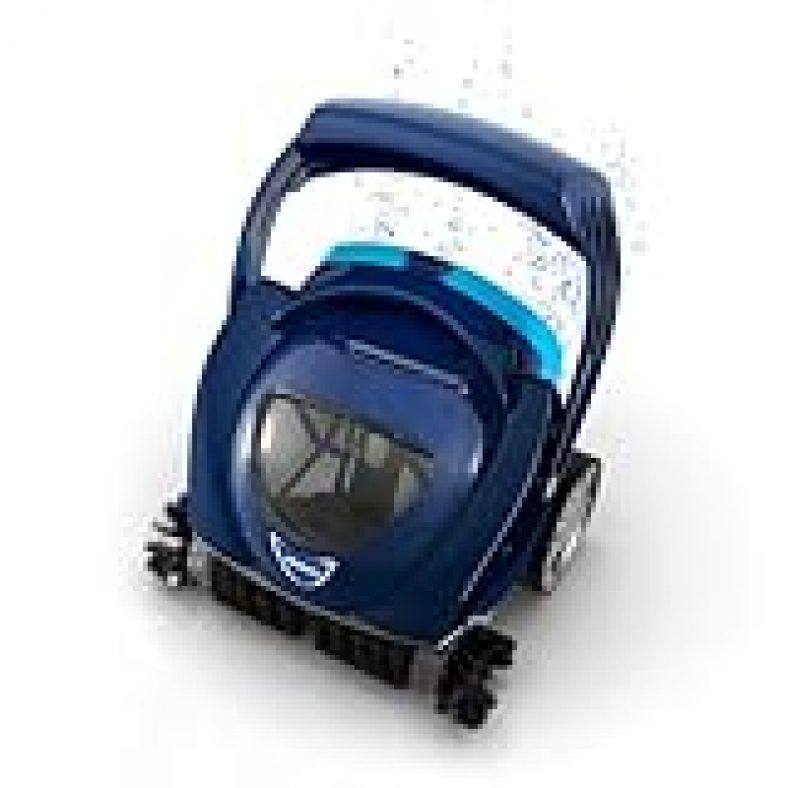
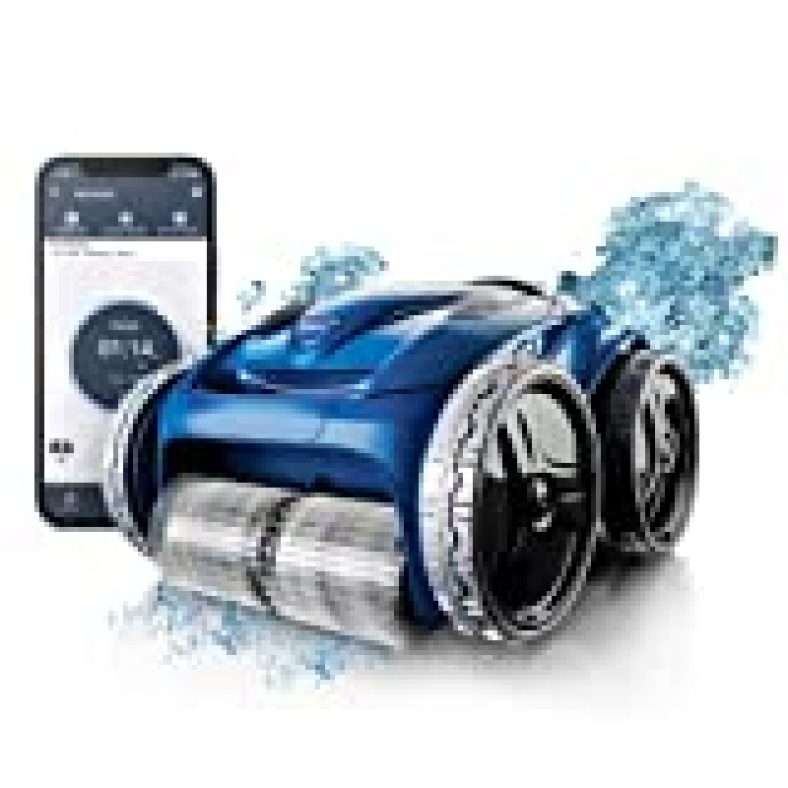

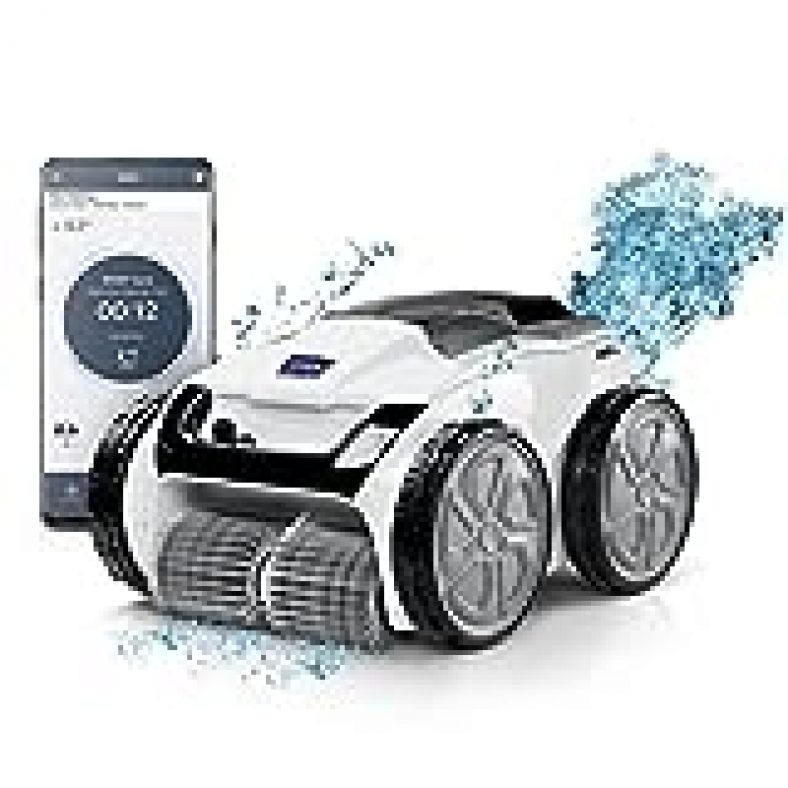
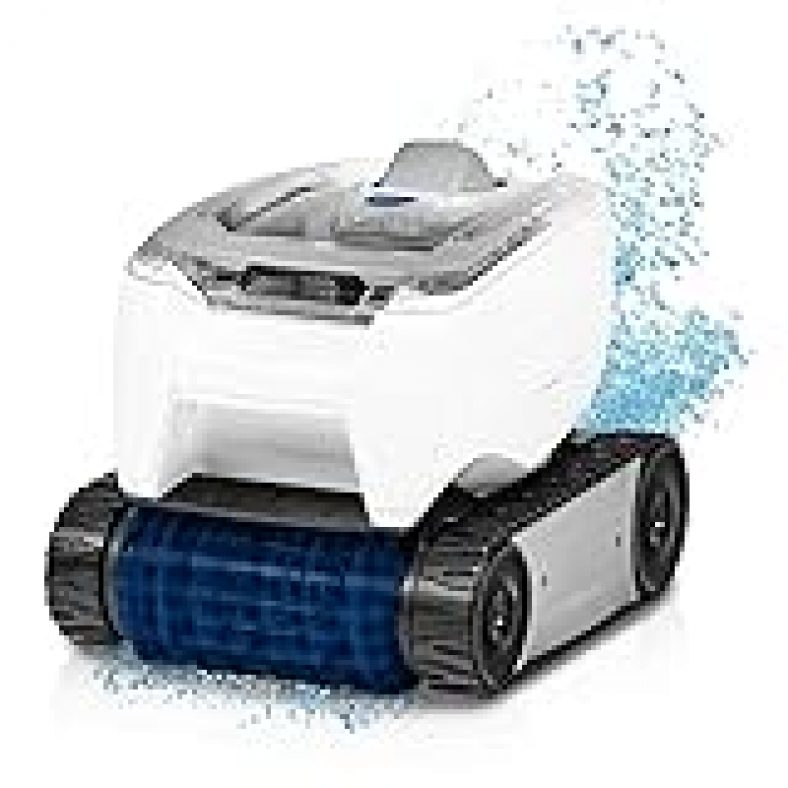
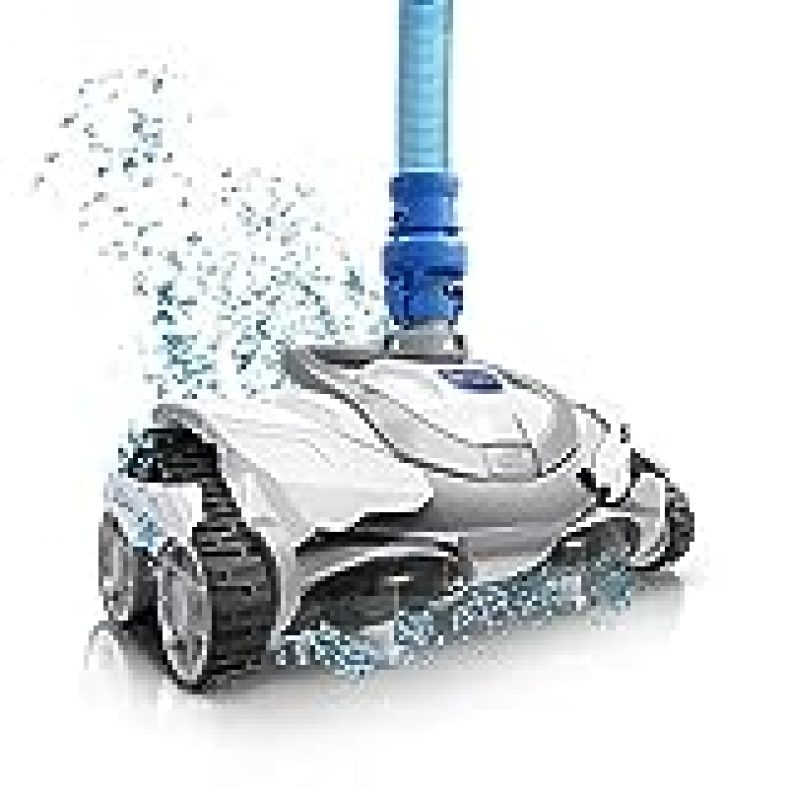
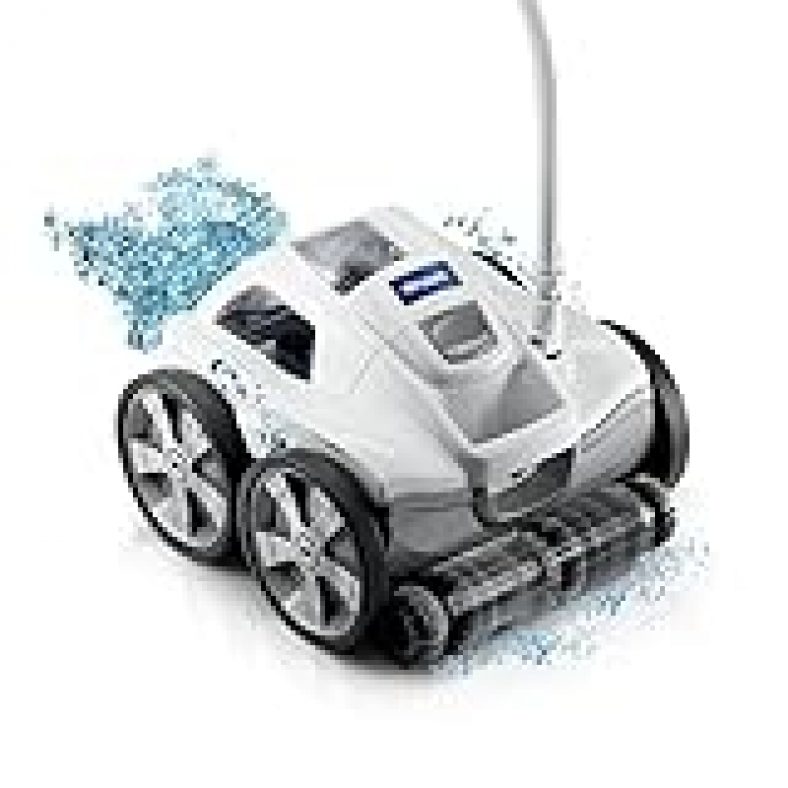
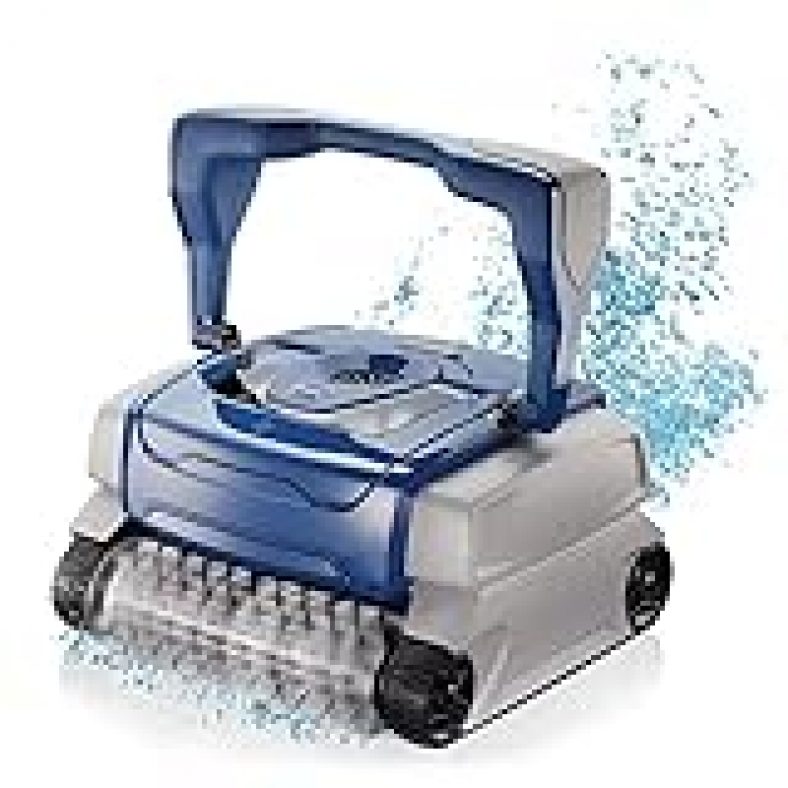
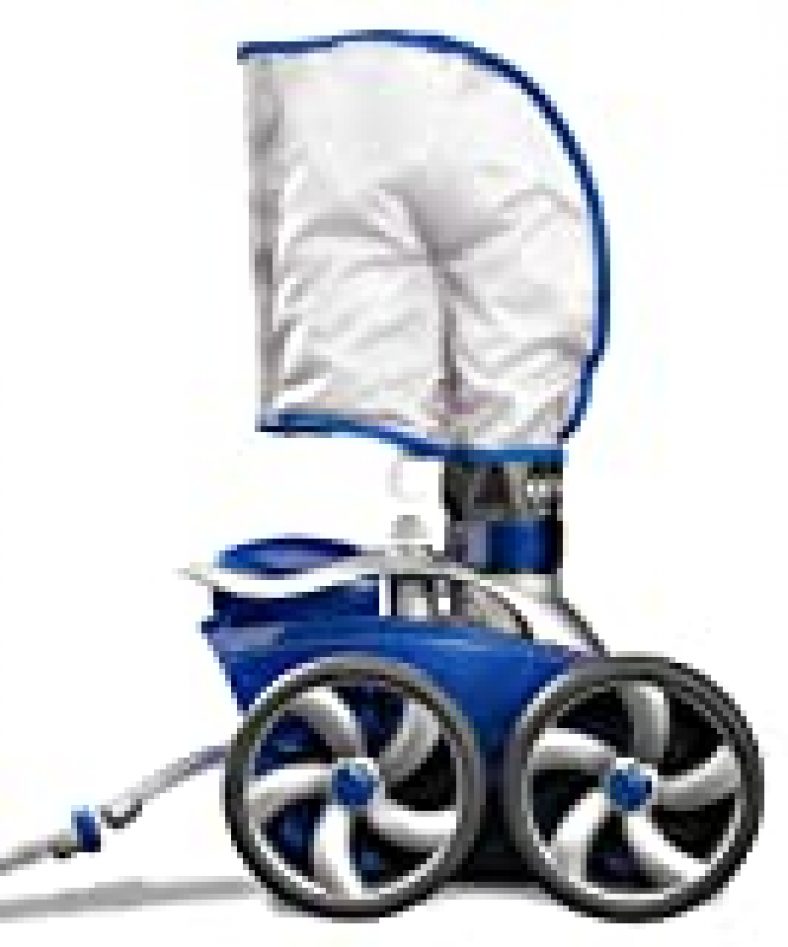
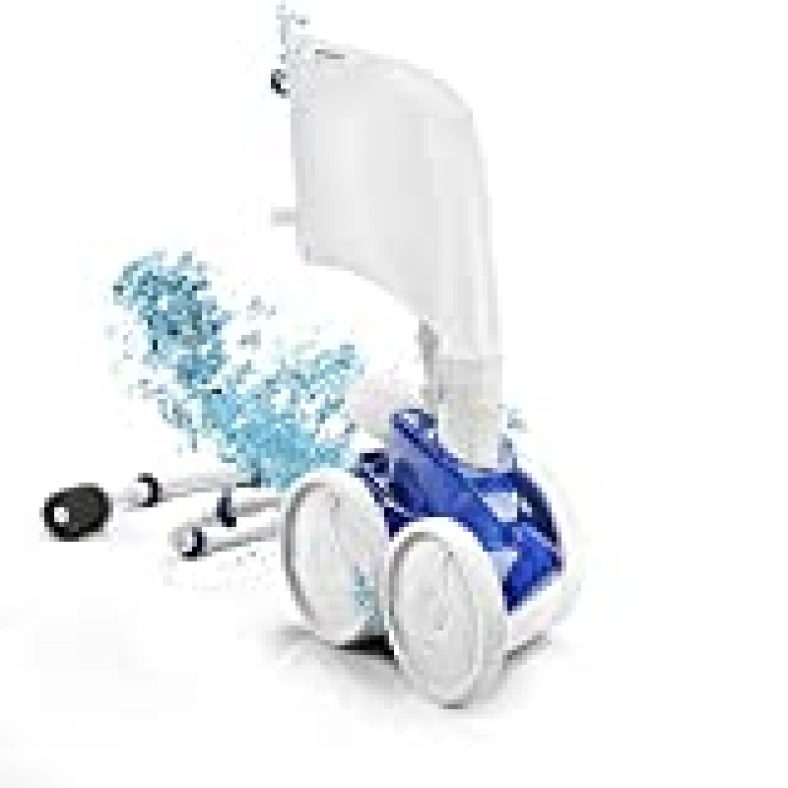
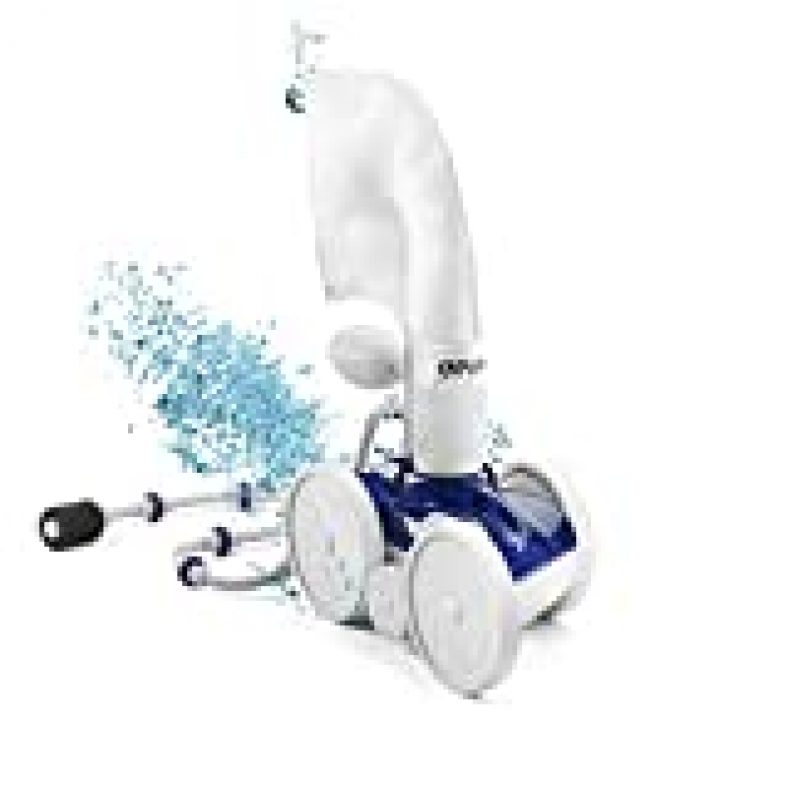
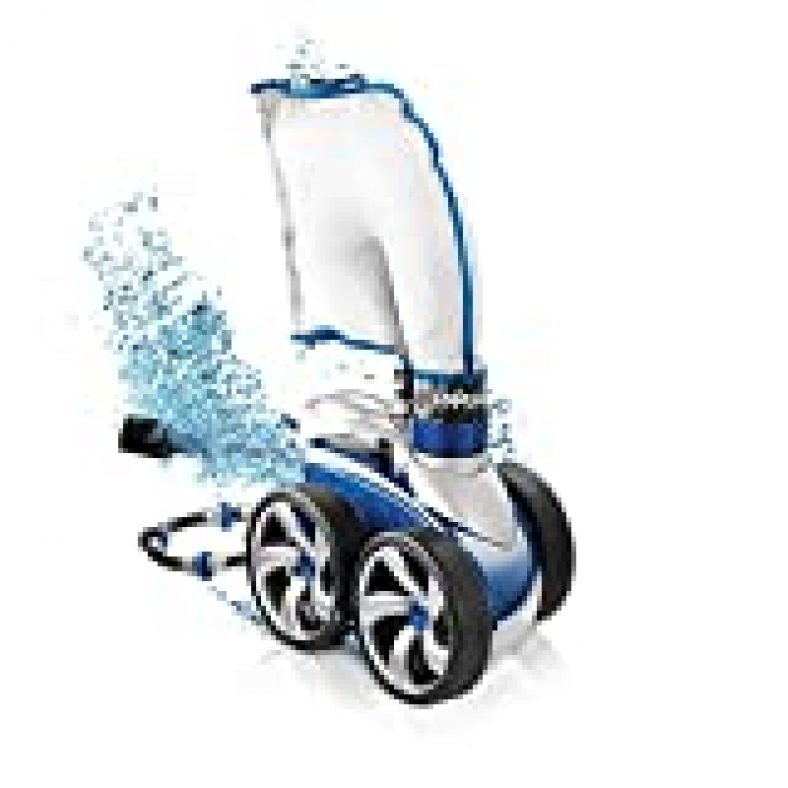
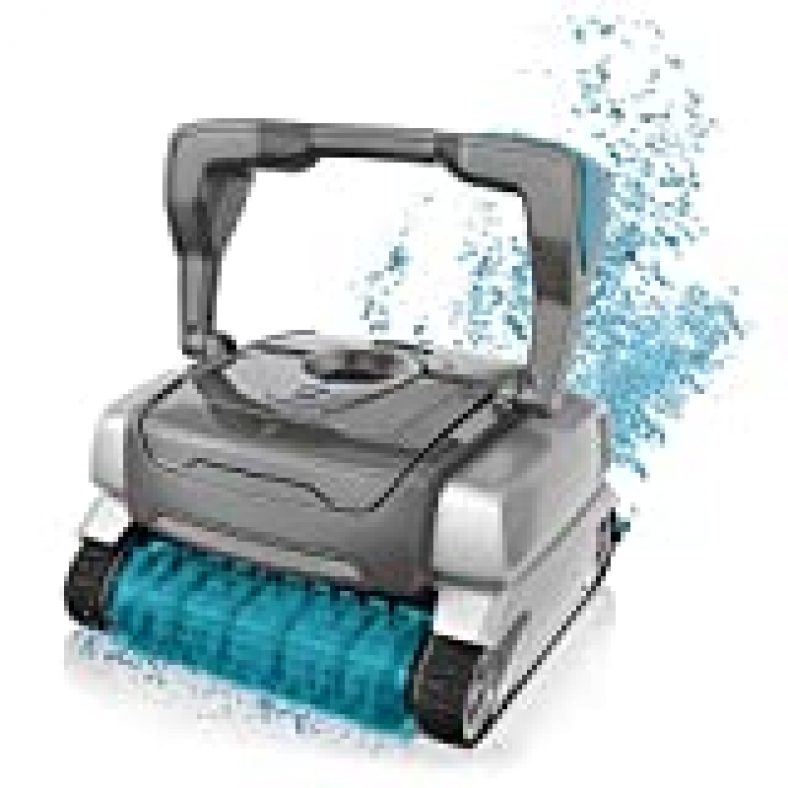
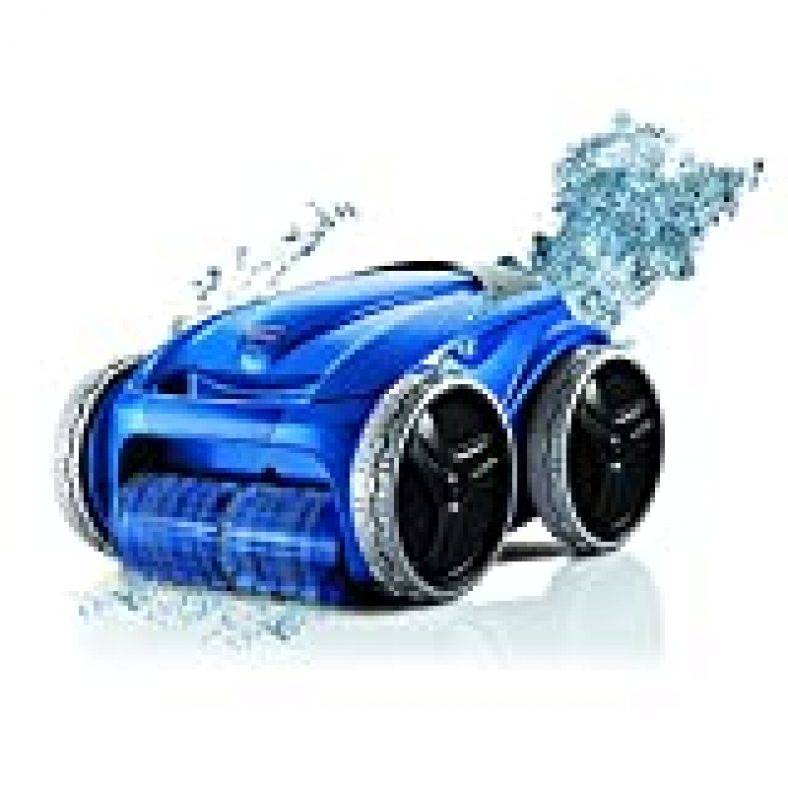
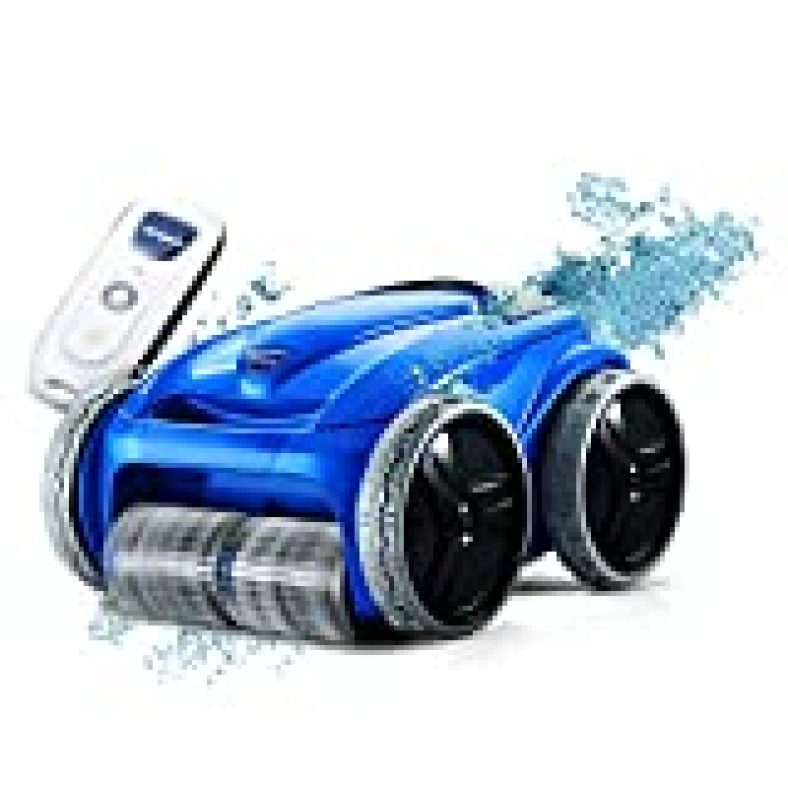
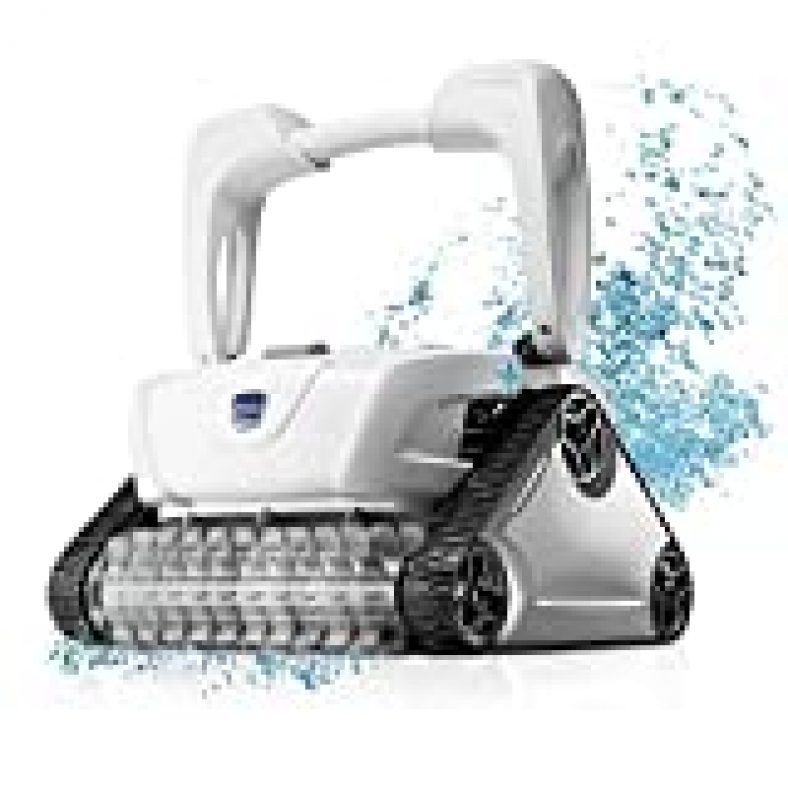



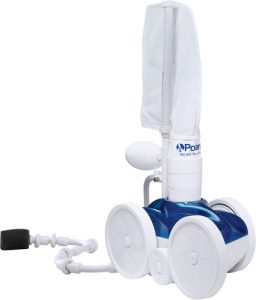
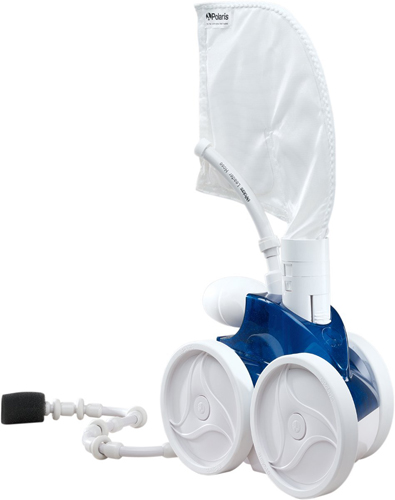
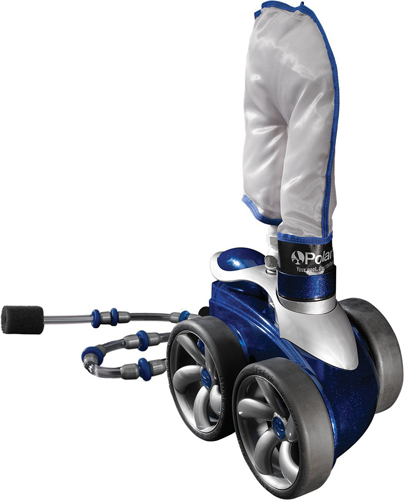


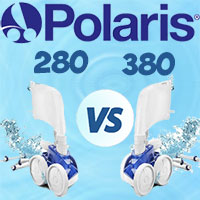
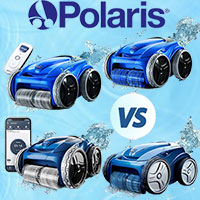
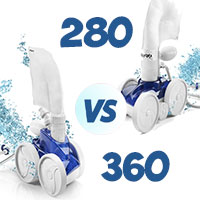
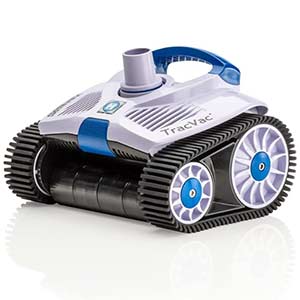
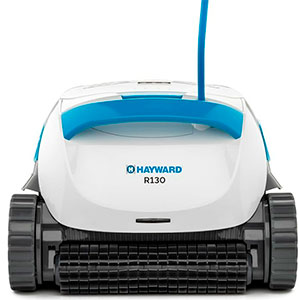
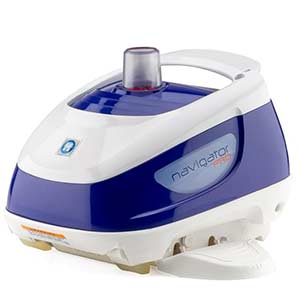
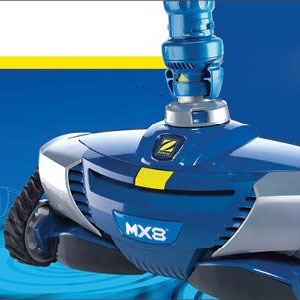
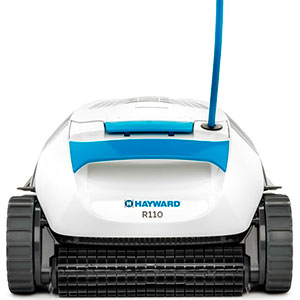
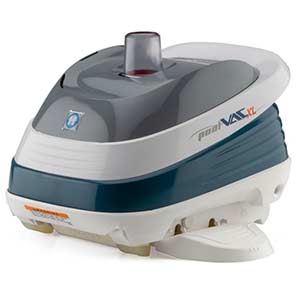
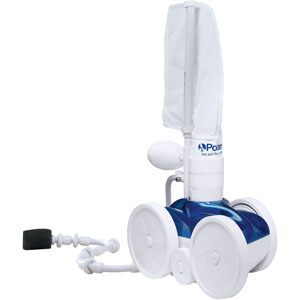
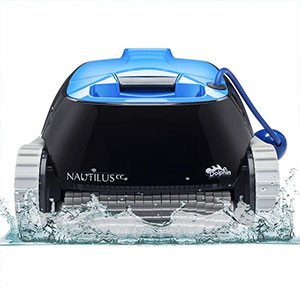
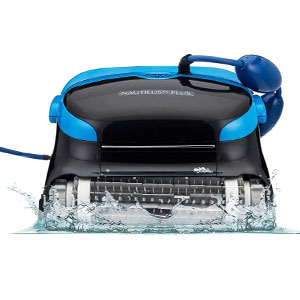
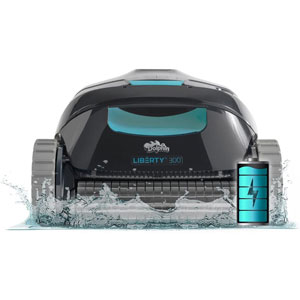
Liam Miller
Hello! Thanks for the review! I wonder if it’s possible to shorten the cleaner’s hose somehow on Polaris Vac-Sweep series. I’m afraid it will be too long for my pool and tangle all the time.
Markus Robertson
Hello, Liam! Excellent question, thank you! Yes, Polaris allows us to adjust the Vac-Sweep hose length to meet our pool depth perfectly. If the hose is too long for your pool, you can Separate the hose at the center swivel or cut it. Cut the leader hose from the end attached to the feed hose and then attach it to the feed hose and connect the hose to the pool wall. Please make sure you measure your pool depth correctly! This is essential for accurate cutting. Also, consult the user’s manual beforehand for more details and instructions.
If, on the contrary, your hose is too short, you can purchase an additional feed hose section, one swivel, and two hose nuts from an authorized dealer.
Damian
Hello! Are hose connections solid in such a constuction with length adjustment? Isn’t it leakage-dangerous?
Marcus Robertson
Hi, Damian! Thank you very much for your question! Yes, the connections between hose elements are safe enough to allow numerous disconnection, joining and length altering. All joints are waterproof.
Jack Harton
I’m looking for good pool cleaner and I don’t know which to choose Polaris 360 or 380? Can you help me with choice? I need cleaner for small inground pool 10’x20′.
Markus Robertson
Hello, Mr. Harton! Thank you so much for your question!
Both models will suit your pool in terms of the size (as far as it’s inground one, of course, as Polaris 360 and 380 don’t work in above ground models). Here we see the same hose length, filter bag capacity, drive system, inlet size, number of jets.
Polaris 380 deals with more complicated surfaces and is more powerful. With this unit, you can process all surfaces, including steps. Polaris 360 cleans the floor and walls only. We’d recommend you the 380 if you need a more thorough cleaning and easier maintenance. Though both cleaners come with a 2L standard bag, and the 380 package includes a bag with a zip fastener.
However, it would help if you mind that the 380 requires an additional booster pump, which leads to more investments and higher electricity bills. Besides, it’s about $250 more expensive. Polaris 360 is our favorite here. It will become a more reasonable choice if you have no or simply don’t need cleaning on steps. It requires no pumps and consumes less energy. A zip bag can be purchased separately. And other differences between the 380 and 360 don’t seem sufficient enough to cost an extra $250.
Anyway, both devices have their pros and cons, which should be considered separately in each case. The final choice of the right pool cleaner is always up to you.
Cynthia Crocker
Is it ok to leave the Polaris 3900 (or any model) in the water all the time?
Marcus Robertson
Hello, Cynthia! Thank you very much for your question! Pool cleaners are made to stay in water for hours, so it shouldn’t be a problem. Still, water condition and chemicals in it may damage your cleaner after long-term contact. That’s why manufacturers and experts recommend removing pool cleaners from the water after use.
Natali
Hi, Cynthia! I used Polaris 380 and it ran about 2 years. I think it could have last much longer but for my laziness and bad habit of leaving it in the water after every cycle. My master said it kept lots of scurf inside. That’s why I didn’t recommend store it in the pool. At least I don’t do it anylonger with my new 3900) Hope my experience was of assistance to you.
Marcus Robertson
Hi, Natali! Thank you very much for sharing your real-user experience with us! We really appreciate it as it helps our readers to prolong the lives of their bots. And it also helps our team to provide more definite and true information.
Nina Williams
What booster pump would you recommend for these Polaris series? Thanks!
Markus Robertson
Hello, Nina! Thank you for your question! Polaris itself recommends using Zodiac PB4-60 Polaris. This is an original and quite affordable booster pump that perfectly fits Polaris 280, 360, 380, and 3900 pool cleaners. You can learn more about the product in our review.
Kitty Rivendell
I use to have the Polaris 280. That thing cleaned the pool well. After 10 years of ownership, I decided to upgrade and purchase the 3900 sport. I do not like the sport and regret investing in it. I am now considering repurchasing the 280, since I got rid of it….UGH!. The 3900 sport does not do a good job. The tail doesn’t sweep back and forth, the cleaner is always leaning to the side and the hose is always tangling. In furtherance it constantly is getting stuck in the corner or the stairs. It does not clean my steps. I never had this problem with the 280. My pool is 21×34. Am I doing something wrong? The pool was built in 2006.
Marcus Robertson
Hello, Kitty! Thank you so much for your comment! Your experience will be definitely valuable for our readers and greatly help us. Polaris 3900 models may face more significant problems with leaning and getting stuck because of the full bag. The 3900 series cleaners come with bigger bags compared to the 280 model. Once it’s full, it outweighs the body. Anyway, your comfort is the main goal. So, we believe you’re absolutely right in choosing the model that will suit your requirements better.
Paul Brooks
Hi! I think Polaris 3900 now became too expensive for a simple pressure side pool cleaner. The price is over $1000. I mean, you can get a robotic cleaner like Dolphin. The Vac-Sweep 280 or 360 are much wiser purchases.
Marcus Robertson
Hello, Paul! Thank you very much for your comment. Indeed, some robot pool cleaners cost under $1000, which makes them a more affordable purchase compared to Polaris Vac-Sweep 3900. Still, there are lots of pool owners who prefer pressure side cleaners only or whose pool systems are better compatible with pressure side devices. Also, this is the most powerful pressure side cleaner by Polaris. That’s why the 3900 model stays relevant. Besides, during sales seasons, its price drops to $750, so you can make a more beneficial purchase then.
Robert C.
Hi I currently have a 380, it 15 years old, at least. Would like to upgrade.
Is the hose it uses the same as the 380, therefore compatible with the wall outlet.
thanks,
Bob
Marcus Robertson
Hello, Robert! Thank you very much for your question! As far as we know, the manufacturer didn’t state any changes in hose sizes included in Polaris 380 pool cleaner. However, in case of any uncertainty, please contact the nearest retailer or Polaris Help Center.
Danny Gordon
Hi! I’ve got a long and narrow 15,000 gal inground pool (more like a pool lane). Will Polaris 380 cope with it? Thanks!
Marcus Robertson
Hello, Danny! Thank you for your question! Yes, Polaris 380 will definitely cope with your type of pool. Please, only mind the hose length and adjust it if you need a longer or a shorter option.
Jan
Hello!
Thanks for such an informative review! I have a 20×40 in-ground pool with a vinyl liner. It has a sun deck (tanning ledge) with three in-the-water lounge chairs on it. At the end of the tanning ledge are three steps that span the width of the pool. At that point the pool is three feet deep. It then slopes down to six feet and then slopes up to three feet on the other end of the pool. So it’s a tanning ledge/ 3’/ 6’/ 3’ vinyl liner pool. It came with the house we purchased last fall. I was told this is called a “fun pool”??? Still trying to figure out how to get it cleaned and all, since this will be our first year with a pool, ever. Would you recommend the Polaris 3900 Sport for this pool? It doesn’t seem to handle steps but seems like it would handle everything else. If we get the Polaris 3900 Sport, how would we clean the steps?
Thanks!
Marcus Robertson
Hello, Jan! Thank you very much for your kind words and such an interesting question! I should say your pool has a pretty complex shape with lots of slopes and steps. Indeed, Polaris 3900 will deal with most dirt inside, but some particles will be left since it has no special navigation. We’d recommend you trying robotic pool cleaners with navigation like Dolphin Nautilus CC Plus. The price is the same as in Polaris 3900. But here you get the CleverClean route planning, floor/walls/steps processing, ability to set schedule, and some other handy tips. You can find more information about Dolphin Nautilus CC Plus in our review. Hope our team will make a choice easier for you.
Max
Are Polaris pool cleaners effective for above-ground pools?
Marcus Robertson
Hello, Max! Thank you very much for your question! Polaris cleaners we’ve discussed in this review are designed for inground pools. Unfortunately, we cannot recommend using them with above-ground pools. You can find lots of decent alternatives in our other comparisons.
Nelson
Hi! Love your reviews. But I’m afraid your price info needs to be updated. The units now cost more(
Marcus Robertson
Hi, Nelson! Thank you very much for your comment, you really help us become better! Indeed, some information (especially price ranges) can change. That’s why our team regularly search for updates and reflect them in the reviews.
David
Nice discussion. If money was no object, even if one already has a pressure pump, would you recommend the Polaris 3900 or alpha iq plus?
Does the 3900 need repairs more often than the 380. Is that a deal breaker. Thanks !
Marcus Robertson
Hi, David! Sorry for the delay in responding and thank you for your question! If money was no object, we’d recommend choosing Polaris ALPHA iQ+ model since its intelligent operation is beyond comparison. However, money doesn’t always talk. Pool size and shape is also significant factor, so if you have a medium or small pool, you may find Polaris 3900 a better option despite less “brains”. As for repairing, you didn’t manage to find any real users’ reviews on more often breakage of the 3900.